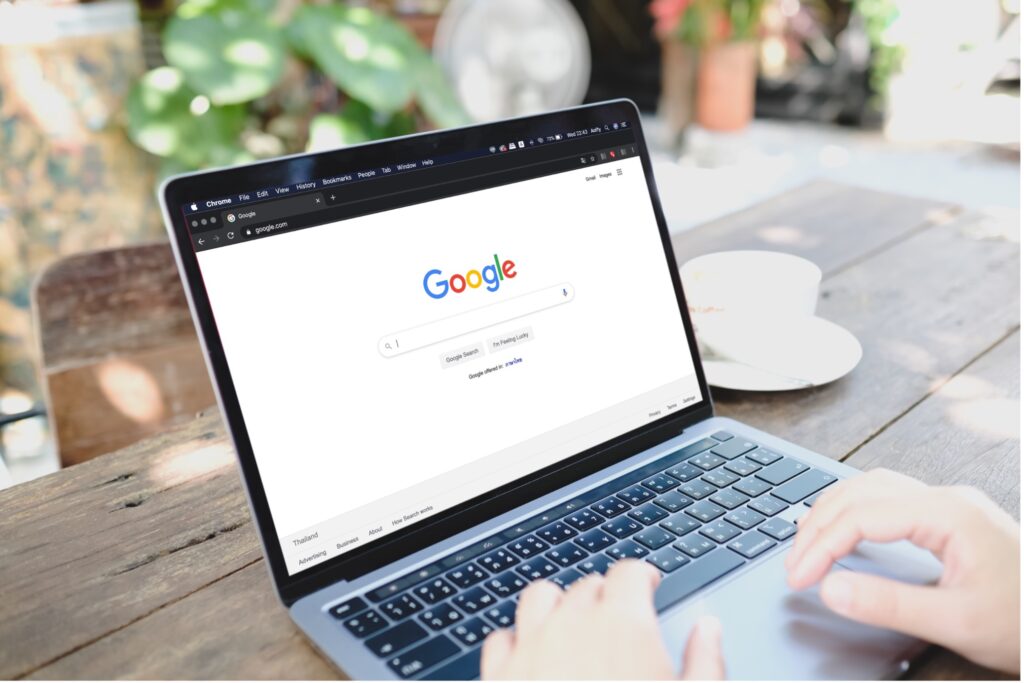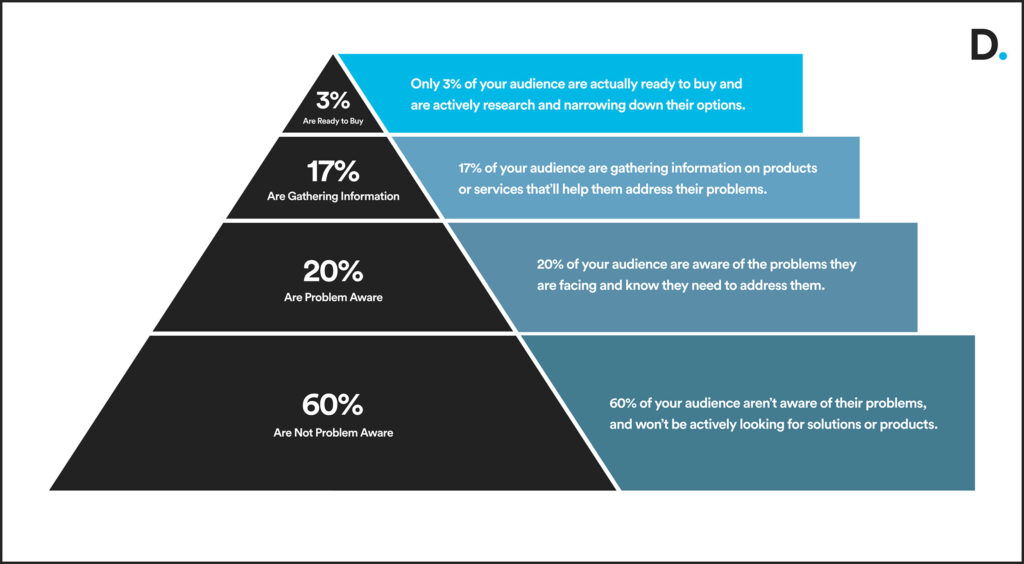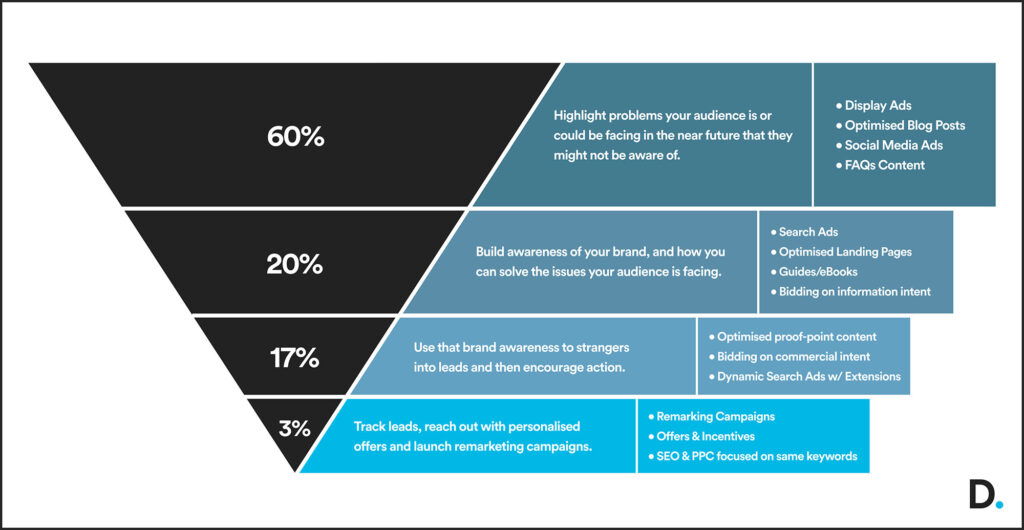The Advantages of PPC and SEO Working Together
Table of Contents
If you want to increase your online brand awareness and drive relevant traffic to your website, then PPC and SEO are the two main contenders to choose from, and on the surface, they sound pretty similar.
Both involve creating content to match search intent, both involve encouraging people to click on that content in search results, and both are geared towards increasing your brand awareness, visibility, and website traffic.
So which should you go for? PPC or SEO?
Why not both?
A lot of businesses choose to run either PPC campaigns or an SEO strategy. Or they run both but make the mistake of keeping them completely separate from each other.
When you combine both tactics into a multi-channel inbound marketing strategy, you can see a 25% increase in clicks and a 27% increase in profits on average.
Sounds good, right?
Keep reading to learn more how about the advantages of PPC and SEO working together.
What’s the difference between PPC and SEO?
While the two strategies work in similar ways, they do have some distinctive differences.
PPC advertising, which stands for Pay-Per-Click advertising, involves setting up online advertising campaigns where you bid on keywords and search terms related to your business. Every time someone clicks one of your ads, you pay a fee.
Campaigns are run through platforms like Google Ads and Bing Ads, where you can set up a range of ad types and placements on search engine results pages (SERPs), display network websites, YouTube and more.
SEO (Search Engine Optimisation) is the process of organically improving your website’s ranking position and search visibility on search engines like Google and Bing.
SEO is a longer-term strategy that involves optimising your website and its content so that it’s easier for search engines to understand through techniques like keyword research, on-page optimisation, technical optimisation, and link building.
Cost
PPC: As the name suggests, Pay-Per-Click advertising involves paying for each click on your ads. The cost can vary drastically based on factors like competitiveness, ad quality, and bidding strategies.
You can have full control over your budget and set daily or monthly spending limits, or leave it in the hands of Google’s or Bing’s algorithm to automatically increase or decrease the budget.
SEO: Because SEO is an organic strategy, you don’t pay directly for website traffic like with PPC. Instead, you invest money into tools and software that help identify areas for improvement and then invest your time into optimising your website structure, content, and technical performance.
So, while SEO doesn’t technically require monetary investment to see results, investing in tools, software, and outsourcing to experts is hugely more efficient in terms of time and results.
Placement on SERPs
PPC: PPC Ads will appear prominently at the top or bottom of SERPs. They will be displayed similarly to standard website results, with a title, description, and URL, but they’ll be marked ‘Sponsored’ or ‘Ad’ to indicate that it’s an ad.
SEO: With SEO, your webpages can appear anywhere in the standard search results, local map packs, featured snippets and other placements. The more optimised your website is, the higher you’re likely to rank.
Here’s a screenshot of what paid ad results and organic results look like on Google:

Oh, and by the way, HeyClear is a PPC client of ours, so if you want your ads to come up at the top of Google too, give us a call. ?
Immediate Results vs Long-Term Strategy
PPC: With PPC campaigns, the results can be almost instant. Once you’ve set up and published your ads, they can start generating clicks in a matter of minutes. However, when you hit your budget limit or switch the ads off, the traffic will stop.
SEO: SEO takes more time and patience, and predicting when you’ll start seeing results is pretty difficult. If your website needs significant optimisations, that’ll take time. Also, it can take a while for search engines to crawl and index pages on your website, and with frequent updates to their ranking algorithms, your position can fluctuate a lot.
That’s not to say that you can’t see results quickly with SEO; it all depends on the keywords you want to rank for, the quality of your website, and how complex your SEO strategy needs to be.
Paid Clicks vs Organic Traffic
PPC: In general, a PPC campaign aims to generate clicks from users who see your ads, direct them to your website, and hope that they convert into paying customers.
And, as you pay for each click on your ad campaigns, you’ll pay for traffic regardless of whether the user converts into a customer or takes any other action on your website.
SEO: With SEO, the main aim is to reach the top of relevant search results and increase organic website traffic.
You’re trying to reach potential customers as they search for your information and brands/products like yours. When a user clicks on your website in SERPs, it doesn’t cost you a penny.
Despite their differences and the fact that the two strategies are often head-to-head in SERPs, they can complement each other really well when combined into a multi-channel inbound marketing strategy.
How do PPC and SEO work together?
Now we’ve gone over some of the main differences between SEO and PPC, let’s look at how they can be combined into a multi-channel strategy.
Using PPC to boost traffic while starting your SEO
If you’ve just launched a new website, it can take a while to build up your SEO and start ranking at the top of search results for your biggest keywords.
But, if you’re a new business and need to bring in traffic quickly, you won’t have the luxury of waiting for your SEO work to start bringing in visitors.
That’s where PPC can be the perfect stop-gap!

Let’s say there are a few specific keywords that you want to rank for. They’re closely related to what you do and offer, and your ideal customers often use them with the intent to buy a product or service.
But, with a load of your competitors trying to rank for those exact keywords, it will take a lot of effort, unique and valuable content, and some huge backlink opportunities to rank at the top.
So, instead of just plugging away with your SEO and getting little to no traffic, you can launch a series of targeted Google Ads campaigns to increase your brand awareness and traffic from potential customers.
While that’s happening, you can keep working away in the background to improve your website, create more engaging content surrounding those keywords, and generate backlinks from relevant, high domain authority websites.
Once you’ve reached a point where you’re generating enough organic traffic through those keywords, you can then dial back your ad campaigns (or keep them going and dominate search results… but more on that in a minute).
Another great thing about running initial ad campaigns is that you will gain valuable insights about which headlines, descriptions, landing pages, and product copy work best, allowing you to implement the most effective options in your organic strategy to improve performance.
Covering all stages of the buyers’ journey
Some business owners fail to realise that there’s more to marketing than just pushing your products and services at every opportunity.
In fact, that’s probably the most ineffective way to bring in new customers, and here’s why.
Across most industries, here’s what the average levels of buyer readiness look like:

If you put all your time and effort into marketing to that top 3% that are ready to buy, you’re going to alienate the other 97% of your audience that aren’t quite there yet.
You need to be engaging with your audience at each stage of their journey, providing value and information to them, guiding them through to the next stage of readiness, and eventually converting them into customers.
A combined PPC and SEO strategy can be a game-changer for engaging, nurturing, and converting customers at different stages of buyer readiness.
If we take that buyer readiness pyramid and flip it, you can start structuring your inbound marketing funnel. Remember, you’ll want to focus on guiding your audiences through the process and providing value at each stage through search engine optimised content, targeted ad campaigns, and other digital channels.
Like this:

Optimising your landing pages
If you’re running some PPC campaigns alongside your SEO strategy with traffic going to the same landing pages, this gives you a chance to identify opportunities to optimise your landing pages further.
Analysing the session duration, bounce rate, trigger events, and conversion rate from your organic and paid traffic can help you identify whether there are any weak spots in your landing page copy, website design or structure, or roadblocks on your forms and checkout processes that are stopping your users converting.
Analysing both SEO and PPC traffic here is so beneficial because you’re getting a wider pool of data to work with.
If the majority of your traffic, from both organic and paid sources, ends up leaving your website without engaging or converting, then it indicates an issue on your landing pages.
However, if your organic traffic is converting well, but traffic from your ad campaigns isn’t, then that could mean that your ad copy doesn’t accurately reflect the messaging on your landing page, leading to disengagement with your audience.
Once you’ve identified the weak link in the customer journey, you can make tweaks to optimise it for conversions.
Re-engaging organic visitors
If you connect your Google Analytics and Google Ads platforms, you can set up leverage your organic traffic data to create effective retargeting ad campaigns.
Here’s how it works:
- An organic visitor lands on your website, and their activity is recorded by Google Analytics (incl. pages they visit, time spent on each page, and the actions they take).
- You then analyse the data and determine which products get the most engagement on your website but aren’t getting many conversions.
- Now you can create a remarketing audience based on this data inside Google Analytics and select a Google Ads account that you want to share that audience with.
- Then you create targeted ad campaigns designed to re-engage with organic users who didn’t convert, and give them a gentle nudge, an offer, or tell them about other products that you think they’ll like based on their previous activity.
- Once these remarketing campaigns are live, you can optimise your ad placements and frequency to ensure you’re driving as many conversions as possible.
So, while some of your users started their journey by clicking on an organic search result, it could be your remarketing ad campaigns that get them back on your website to complete the actions you want them to take, like buying your products or signing up for your newsletter.
Maximising your visibility and coverage
If you want to get ahead of your competitors, trying to rank your web pages higher than theirs organically is a great way to do it.
If you rank higher than them, your website will be visible in search results before theirs, giving you better search visibility, coverage, and brand awareness.
But, when they can launch a Google Ads campaign and start appearing at the top of search results within a matter of minutes, you could start losing that advantage.
That’s where running PPC campaigns alongside your SEO strategy can help.
Focusing your SEO and PPC strategies on the same keywords can help you win the top spots with your organic ranking position and ad placements, and help you dominate the top-level search results, maximising your visibility and search coverage.
You wouldn’t want to take this approach for all your keywords, though, only for the ones that drive the most traffic and conversions.
When your users see your website in top organic positions and on top-of-page ad results, your business comes across as more credible, helping to build a perception of trust that drives more traffic to your site.
Do PPC ads help SEO?
Before I wrap up this blog post, I wanted to bust a common PPC/SEO myth.
Do PPC ads have a positive influence on your SEO results?
This question gets bounced around a lot by people who aren’t too familiar with the worlds of PPC advertising and SEO, and it’s understandable why there’s a bit of confusion.
With PPC and SEO strategies both working to the same ends (increasing brand awareness and website traffic), you’d be forgiven for thinking they play a role in each other’s success.
To answer the question simply, no. Your PPC campaigns don’t directly influence your organic ranking position on search engines.
That being said, as I’ve mentioned in this post, that doesn’t mean you can’t use PPC campaigns to elevate your SEO strategy.
Using PPC advertising to gather data and insights, test and perfect headlines and copy, and re-engage your organic visitors to boost conversions are all ways that your PPC campaigns can help improve your SEO.
Need help with integrating your PPC and SEO strategies?
To learn how our growth marketing specialists can help you create a strategy that combines the powers of PPC and SEO, get in touch on 01329 565001 or email hello@damteq.co.uk.
You can also click here to book a discovery call at a time convenient for you.
